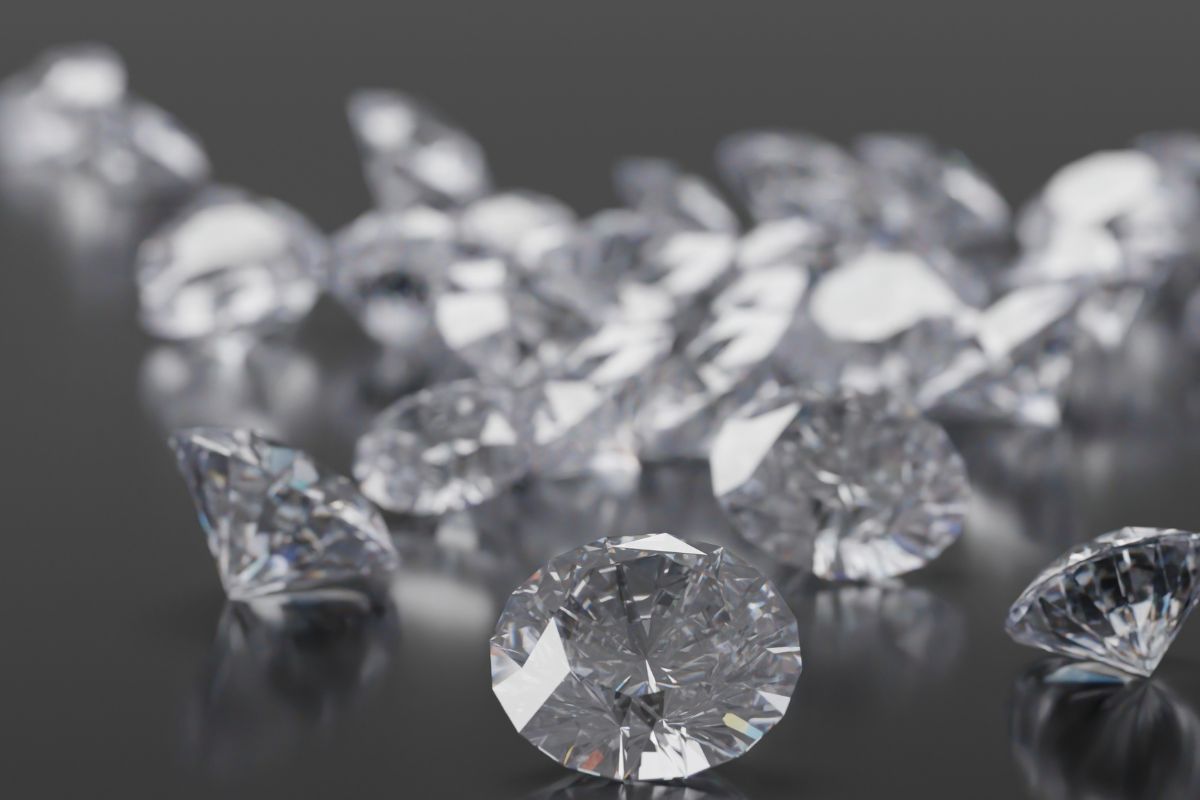
Diamonds have long been a symbol of wealth, power, and romance, deeply woven into the fabric of human culture and tradition. From engagement rings to royal crowns, the allure of these precious gems is undeniable. However, the journey of diamonds from the earth to our hands has often been marred by ethical concerns, environmental impacts, and conflict. Enter lab-grown diamonds—a technological innovation with the potential to transform not only the diamond industry but also our cultural perceptions of value, beauty, and sustainability.
The Rise of Lab-Grown Diamonds
Lab-grown diamonds, also known as synthetic or cultured diamonds, are diamonds created in a laboratory rather than mined from the earth. They are chemically, physically, and optically identical to natural diamonds, with the key difference being their origin. Two main methods are used to create these diamonds: High-Pressure High-Temperature (HPHT) and Chemical Vapor Deposition (CVD). Both processes simulate the conditions under which natural diamonds form, resulting in a product that is virtually indistinguishable from its natural counterpart.
Environmental and Ethical Implications
One of the primary reasons for the growing popularity of lab-grown diamonds is their reduced environmental and ethical impact. Traditional diamond mining often involves extensive land disturbance, deforestation, and the use of harmful chemicals. Additionally, “blood diamonds” or “conflict diamonds,” sourced from war zones and used to fund armed conflict, have raised significant ethical concerns.
Lab-grown diamonds, by contrast, offer a more sustainable and conflict-free alternative. The laboratory processes require significantly less land and water, and there is no risk of funding conflicts. This shift towards a more ethical and sustainable approach has resonated with environmentally conscious consumers and has started to reshape the diamond industry’s culture.
Changing Cultural Perceptions
For decades, natural diamonds have been marketed as rare and valuable, with campaigns like “A Diamond is Forever” embedding them in our collective psyche. However, as lab-grown diamonds gain traction, these cultural perceptions are beginning to evolve. Consumers, especially younger generations, are questioning traditional narratives and prioritizing ethical sourcing and sustainability over historical notions of rarity.
Lab-grown diamonds offer a chance to redefine the meaning of luxury and value. While some traditionalists may still prefer the idea of a diamond formed over millions of years in the earth man made diamonds, many are embracing the concept of a technologically advanced gem that embodies innovation and ethical responsibility.
Shifting Trends in Jewelry and Fashion
The impact of lab-grown diamonds extends beyond ethical and environmental concerns—it also influences trends in jewelry and fashion. As lab-grown diamonds become more accessible and affordable, they are opening doors for designers to experiment with new styles and designs. This democratization of diamonds allows for greater creativity and customization, appealing to a broader range of consumers.
Moreover, lab-grown diamonds are increasingly finding their way into high-end fashion and luxury brands, further challenging the traditional status quo. As these diamonds gain mainstream acceptance, they are set to become a significant force in reshaping the jewelry industry.
The Future of Lab-Grown Diamonds
Lab-grown diamonds are at the forefront of a cultural shift in how we perceive value, beauty, and ethics in the context of jewelry. While natural diamonds will likely continue to hold a unique place in our culture, the rise of lab-grown diamonds offers an opportunity to redefine the narratives that have long dominated the industry.
As consumers become more informed and conscious of their purchasing decisions, the demand for sustainable and ethically sourced products will continue to grow. Lab-grown diamonds, with their reduced environmental impact and conflict-free origins, are poised to play a crucial role in shaping the future of jewelry and culture.
In this new landscape, the choice between natural and lab-grown diamonds becomes not just about aesthetics, but also about values and ethics. As the world moves towards greater sustainability and responsibility, lab grown diamonds and cultures may well become the new standard for symbolizing love, commitment, and success.
